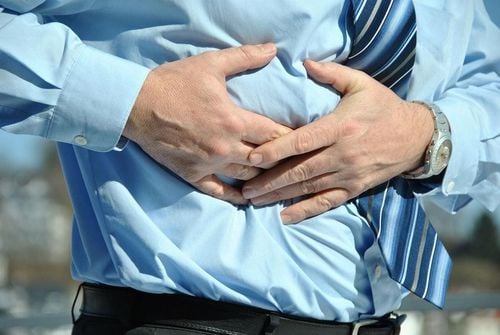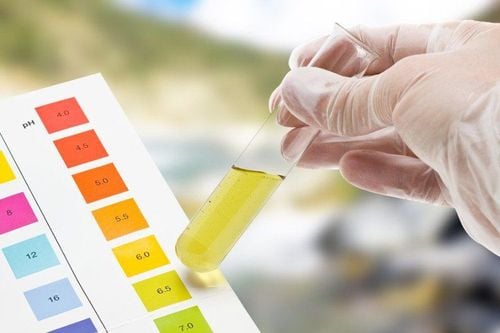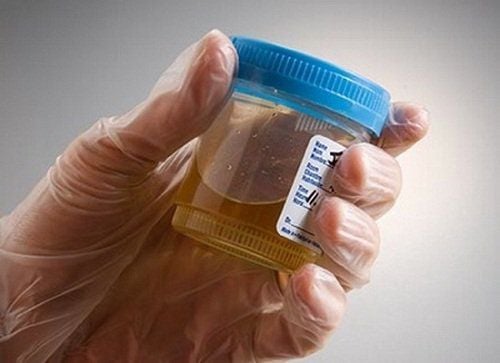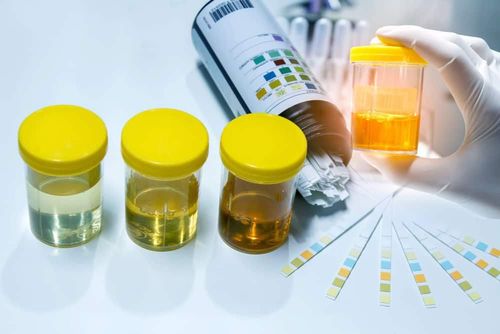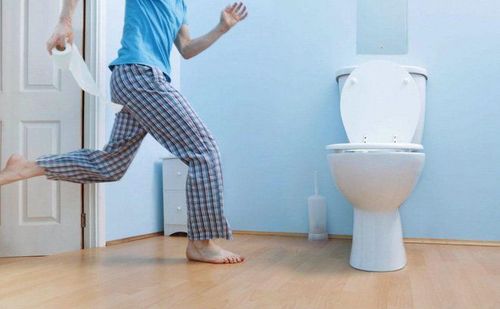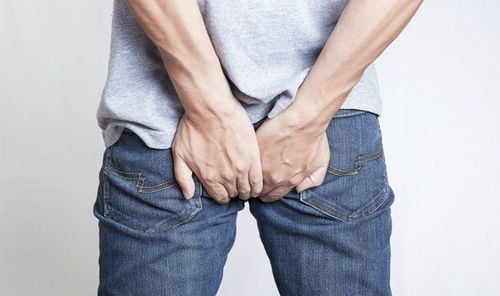This is an automatically translated article.
The article is professionally consulted by Master, Doctor Pham Thi Thuy Nhung - Head of Laboratory Department - Vinmec Hai Phong International General Hospital.Urine sedimentoscopy can help determine the cause of some of your health problems. Urine sediment results are also important in helping doctors make an accurate diagnosis.
1. What is a urine sediment test?
In the urine there are tangible components that are formed during metabolic or pathological processes and are excreted by the kidneys in the urine. Urine smear test to look for visible components in the urine such as red blood cells, white blood cells, epithelial cells, various types of cylinders, crystals. When urine is left to settle, those components are concentrated, which can be detected by examining urine sediment under a microscope.There are 2 ways to check urine sediment: fresh and Addis sediment.
Fresh smear: You can collect urine midstream in the morning or any day of the day, put it in a test tube, take a drop of non-centrifugal urine and look for fresh urine sediment through a microscope with a 10 X objective; Addis residue: 6 am for the patient to urinate all the time in the night, record the time, drink 200ml of boiled water to cool. The patient then rests and urinates in the potty (washed with soap). 9 hours for the patient to urinate for the last time, then measure the amount of urine and record it on the test paper. Collect 10ml of urine and bring it to the laboratory.
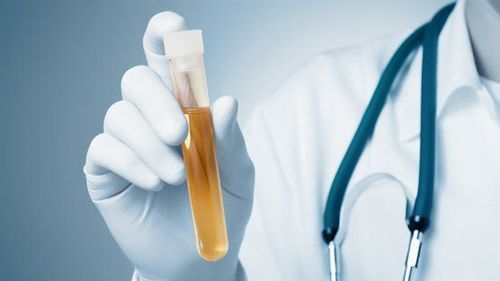
2. What is the urine sediment test used for?
Not only as part of a routine physical exam, a urine sediment test is done to:Check for a disease or infection of the urinary tract. Symptoms of a urinary tract infection, which may include: colored or foul-smelling urine, pain when urinating, painful urination, flank pain, blood in the urine or fever... : diabetes, kidney stones, a urinary tract infection (UTI), high blood pressure, or certain kidney or liver diseases.
3. Evaluation of urine sediment results
3.1. Normal Normal if there are no or very few red blood cells in the urine, leukocytes (0-2 red blood cells/microfield; 0-3 white blood cells/microfield), some flattened cells due to mucosal cells Degenerative ureter, sometimes with few spermatozoa (if male).3.2. Pathology Hematuria: Gross hematuria: Blood in the urine in a large amount, the naked eye can see the urine is pink like meat wash to red, it will take a long time for the red blood cells to settle. The minimum amount of blood that begins to change urine color is about 1 ml of blood per 1 liter of urine. Urinalysis showed microscopic dense red blood cells.
If the red blood cells have been lysed, the urinalysis is positive for red blood cells, but the urinalysis will not show red blood cells.
In clinical practice, hematuria is seen in glomerulonephritis, renal tuberculosis and urinary stones (calyx - pyelonephritis, ureteral stones, bladder stones), cystitis, bladder cancer; may be due to systemic diseases (hematopoietic system diseases, coagulopathy).
About 1% of hematuria cases have no known cause.
Leukopenia: The white blood cells are disc-shaped, bright with many granules inside, can see the shape of intact white blood cells (size 1.5-2 times the size of red blood cells) or atrophy. small or concentrated into a cloud of pus (if the leukocytes have degenerated).
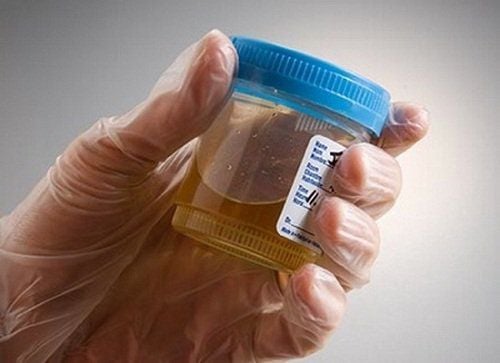
Other sediment components: Besides, some inorganic and organic substances can be deposited when the urine is left for a long time. If there are many crystals, there is a risk of forming kidney stones. Depending on physiological or pathological changes, urine contains crystals: urate, phosphate,... Other cells of medium and large size include epithelial cells, which are old cells that shed. However, it is not diagnostic if the number is small, but if it is high, it may be due to vulvovaginitis, urethritis, bladder or urinary tract infection. Epithelial cells with iridescent fatty inclusions are specific for nephrotic syndrome.
Please dial HOTLINE for more information or register for an appointment HERE. Download MyVinmec app to make appointments faster and to manage your bookings easily.





